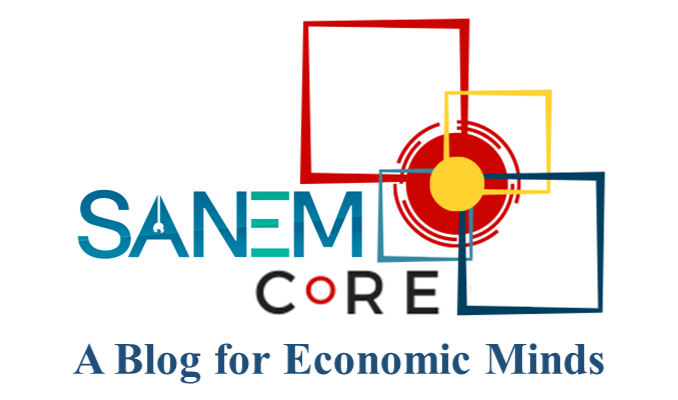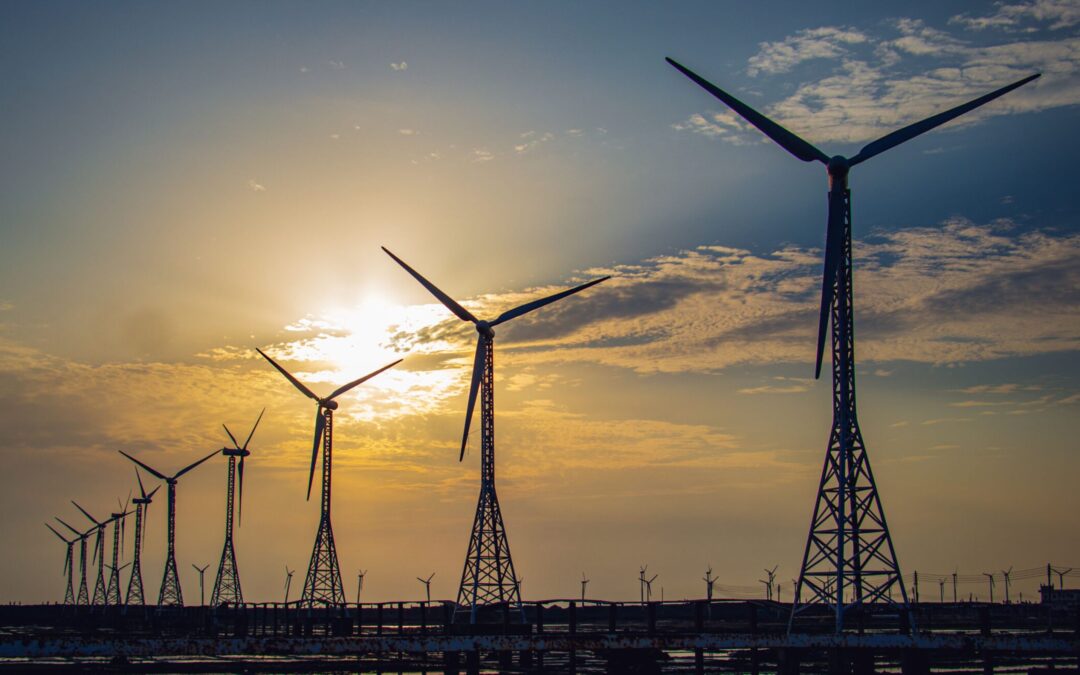Every unit of energy saved carries more value than one produced, because imported fuel travels long distances, accumulates technical losses, and costs the country twice over. A kilowatt hour conserved at the source prevents the need for two kilowatt-hours of costly generation later. The International Energy Agency calls efficiency the first fuel for good reason. Bangladesh is learning this truth as electricity tariffs rise repeatedly, global LNG prices fluctuate sharply and load shedding continues despite record installed capacity. The fastest, cheapest and cleanest power station is the one that never needs to be built.
Bangladesh’s energy paradox
Although the Bangladesh government has extended electricity access to almost every household and built numerous power plants, blackouts still happen. Generators are forced to burn costly diesel, and factories shift work hours to catch up with power cuts. Despite having surplus capacity and fuel reserves reportedly above planning norms, many plants sit idle from shortages or repair delays, leaving homes and businesses in the dark. This imbalance costs a great deal. The government pays large sums to keep idle plants on standby, covers subsidies to hold prices down, and spends heavily on fuel imports that rise and fall with global markets.
The Integrated Energy and Power Master Plan (IEPMP 2023) is the latest major national document for energy policy. It shows that the country is becoming increasingly dependent on liquid natural gas (LNG), while peak demand is expected to rise several times more by 2041-2050. Without a concrete plan, LNG and coal imports will keep rising, exposing the economy to exchange and price volatilities. Bangladesh has been able to add megawatts of capacity, but not enough efficiency, grid performance, or demand-side management to use that capacity well.
Value of Efficiency and the Price of Neglect
Efficiency reduces emissions and strengthens energy security faster than any other option, and in Bangladesh its benefits multiply. Beyond economics, efficiency directly cuts carbon emissions and local air pollution, reducing the need for new coal or LNG plants that would lock in decades of emissions. Each avoided megawatt-hour is also a step toward Bangladesh’s climate commitments under the Paris Agreement.
Each unit saved means less imported fuel, less grid strain, and fewer subsidies. An IEEFA analysis finds that a 1% reduction in transmission and distribution losses alone would save 884 GWh without building anything new. Studies by development partners show that the country could reduce a large share of its energy demand by 2030 with proven steps. Savings in primary energy up to 14.3% can be achieved through appliance standards, building codes, industrial upgrades, and loss reductions.
By replacing old motors and boilers with efficient models, factories can recover wasted heat and improve power quality. Homes and offices can lower demand through implementation of appliance standards and building codes. The ADB’s Industrial Energy Efficiency Finance Program shows that such retrofitting can achieve 15-40% savings in factories from textiles to cement, with simple payback periods of 2-4 years.
Because most of these actions pay for themselves within a few years, they are vital for competitiveness at a time when exporters already face rising costs and shrinking margins. One of the most feasible ways to stay competitive is to use less energy for each unit of output. Countries such as India and Vietnam treat efficiency as part of production itself, not as an afterthought, and that has made their industries stronger. Yet the opposite is equally true: ignoring efficiency increases fiscal stress, worsens emissions, and weakens competitiveness.
The fiscal impact is clear: subsidies remain high as the government pays large sums to keep idle plants on standby. The environmental cost is just as heavy. Inefficient plants and grids burn more fossil fuel for the same output, worsening urban air quality and greenhouse gas emissions.
The effect extends to businesses too. Small and medium firms lose output during load shedding, while large exporters warn that unreliable power delays deliveries and raises costs. When companies hold back on importing new machinery because the energy outlook looks risky, they stay stuck with old equipment. That essentially means burning more fuel than necessary.
The waste carries a wider cost as well. Money spent to cover inefficiency cannot go into roads, skills, or new clean energy that could reduce import dependence over time. Efficiency is not separate from the clean energy transition. It is the entry point that makes the transition affordable.
What others did right (and what we can adapt)
Bangladesh does not need to start from zero. India introduced the Perform, Achieve, and Trade scheme, which set clear targets for large energy users and allowed companies that beat their goals to trade savings with those that fell short. The first rounds delivered 8.67 million tonnes of verified savings at a relatively low cost. The Vietnamese government required large energy consumers to carry out mandatory energy audits every three years and supported pilot contracts with energy service companies. It also launched a national program with measurable goals for energy savings by 2030.
Singapore focused on buildings. It strengthened codes for new buildings and then required the largest existing buildings to carry out mandatory improvements. Finance and certification were tied together through the Green Building Masterplan, which gave credibility and support to investors and owners. Germany experimented with competitive tendering, funding the cheapest verified kilowatt-hour saved rather than the most glamorous new powerplants or energy related projects. All of these approaches are founded on three core principles: efficiency must be measured, it must be made attractive to investors, and it must be enforced to ensure lasting results.
A Roadmap and results for Bangladesh
Progress so far has been held back less by technology than by institutions. Efficiency responsibilities sit across several ministries with weak coordination and enforcement, while utilities lack incentives to cut losses when subsidies cover shortfalls. Access to affordable finance for small and medium firms remains limited, slowing upgrades that would pay for themselves.
For Bangladesh to treat efficiency as the first fuel, as the IEA mentioned, efficiency must stand as a headline policy. IEPMP treats it as one action among many, but Bangladesh needs explicit targets for savings across industry, commerce, households, and utilities. Annual reductions for large designated consumers, minimum standards for appliances, and clear loss reduction goals for distribution companies should form the core. Baselines and dashboards must make progress visible.
Energy audits should become routine, with large consumers publishing verified results and utilities filing loss audits with corrective plans. Licensing and access to concessional finance should depend on compliance. Finance must flow easily for efficiency. Financial institutions like Infrastructure Development Company Limited (IDCOL) and local banks can expand green credit lines that mix concessional capital with technical support. Risk guarantees and standard contracts can help Energy Service Companies (ESCOs), while tax credits or accelerated depreciation can reward firms that install certified high-efficiency equipment.
Competitive tenders can reward projects that deliver verified energy savings at the lowest cost, allowing the government to buy the cheapest kilowatt-hours saved rather than build new generation. A local version of Germany’s STEP Up! scheme could invite bids for verified kilowatt hours saved, funding the lowest-cost projects first. Grid modernization and demand management must move together. Advanced metering, feeder upgrades, and data platforms can cut technical losses, while time-of-use tariffs and rooftop solar linked with storage can shape demand.
Export competitiveness also depends on efficiency. The RMG sector’s green certification shows how lower energy intensity and clean energy adoption can help firms keep orders. Finally, pricing must reflect cost, but fairness requires protection. Cash transfers for vulnerable households and low-cost loans for retrofits can make the transition just.
If Bangladesh treats efficiency as a core energy source, it is possible to quickly achieve three results. Load shedding falls without new plants when demand drops through end-use savings and lower network losses.
Foreign exchange outflows also shrink. Efficiency in gas-fired captive power and better use of waste heat could cut LNG imports by 50.18 billion cubic feet and save about 460 million dollars a year. Those savings help the external balance.
Public spending falls as well. Using existing plants more effectively reduces the need for subsidies and lowers payments to idle capacity. In FY2022-23 alone, capacity charges were about $2.2 billion, and estimates for FY2023-24 placed the figure near $2.7 billion. Over 14 years, total capacity charges exceeded $8.5 billion. Cutting losses and shifting demand would also reduce the subsidy burden by roughly $1.2 billion per year under an IEEFA reform package.
Bangladesh faces a choice. It can continue to rely on costly and unstable fuel imports while paying for power plants that sit idle. Or it can make the system smarter and fairer by treating energy efficiency as the country’s invisible power plant. That requires clear national targets, strong enforcement, easy access to finance, and tariffs that reward saving energy. Results must be measured and published so progress is visible and the benefits are recognized. Each kilowatt hour not consumed is a success. Each garment made with less energy strengthens competitiveness. Each utility that cuts losses reduces the need for subsidies. Each household that saves power sees lower bills and a better quality of life.
The fastest relief for bills, blackouts, and the balance of payments is already in our hands. It is time to switch on the power; we do not have to build.



RECENT COMMENTS